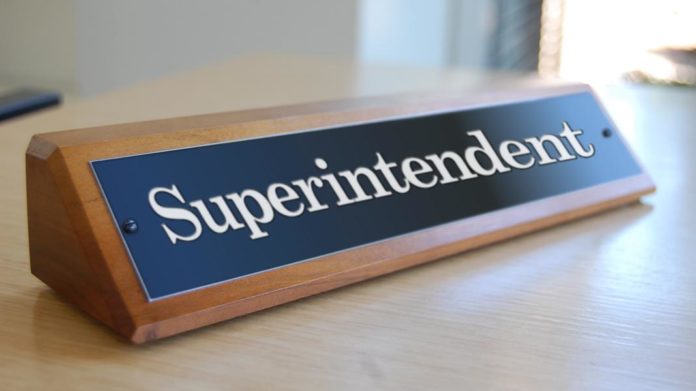In a city as great as Boston, rich in history and still trying to break out of the clutches of its evolving reputation regarding race relations, there is no time for merely ‘hunting and pecking’ the way to excellence in education in Boston. As to the current superintendent search, all three candidates are people of color. One is Boston-based but has served as superintendent in a large district.
The candidates are:
Brenda Cassellius, the former commissioner of Minnesota’s Department of Education. Cassellius served eight years as commissioner and is credited with spearheading an increase in funding for Minnesota’s schools, enacting all-day kindergarten and expanding preschool for 25,000 students in the state.
Marie Izquierdo, the chief academic officer for the Miami-Dade County Public Schools, a district with 350,000 students. Izquierdo is credited with boosting test scores, narrowing achievement gaps and increasing high school graduation rates during her tenure. Izquierdo is a graduate of the organization Chiefs for Change, founded by former Florida Gov. Jeb Bush and the Broad Academy, funded by the Eli and Edythe Broad Foundation.
Oscar Santos, the head of school at Cathedral High School, a Catholic school in Boston’s South End. Santos, a graduate of Boston Latin School, served as superintendent of the Randolph Public Schools from 2010 to 2013, when he declined to renew his contract, citing differences with the town’s school committee. As head of Cathedral, Santos has participated in meetings of the Boston Compact, a group of BPS, Charter and Catholic schools organized to foster collaboration between the three sectors.
Despite the rhetoric, it is fair to say that there are countless resources in the city to support a school system that should and can provide equal opportunity to all students. There are plenty of good teachers, who are paid very well (average of $100,000). There is a more than $1billion taxpayer funded budget (over $20,000 per student). There are for-profit, not for profit, foundation, corporate and private philanthropists willing to and currently investing in schools and programs. Some schools have to close. Some schools need to be upgraded. Some new schools should be built.
It is difficult to see the goal of equal opportunity materialize, when you do not know what ‘the plan’ is. Sticking to ‘the plan’ is the key to success. The problems encountered by the superintendents of the past were not in the areas of communication or understanding the governmental politics or even the competing interests of parents, teachers and administrators, although the press and certain political leaders would contrive to have the public believe so. The ‘political’ problem for the next superintendent is a two-part problem.
Part 1 are deteriorating school buildings, declining enrollment, school performance disparities, achievement gaps among students of different backgrounds, graduates who are unprepared for college, students who don’t make it through high school, families who bail out of the system, and the expectation of some parents that the school is simply a place to send their child away for the day. This is a tough enough agenda.
Part 2 is devising a plan, up front, that all stakeholders agree on in principle and then allowing the superintendent to execute it. Although not everyone will be absolutely happy, if the goal is agreed upon and achievable, then it needs to be acted upon with singularity of purpose, with no back-pedaling or second guessing. Boston sports teams have incorporated this approach and we know and have enjoyed the outcomes.
An example of one critical element of the goal to shorten the achievement gap is universal pre-K within 5 years, a major initiative of Mayor Marty Walsh. Currently the school system struggles with a gap between the outcomes of the predominantly low-income Latino and black students, who make up a majority of those in the system and the more middle-class white minority in the system. A factor that could exacerbate those achievement gaps, if not addressed in a comprehensive plan, is the increasing segregation in Boston’s public schools, which in 2014 switched from a three-zone school assignment lottery system to a neighborhood-weighted lottery system that places students in schools based on their proximity to the school buildings.
The Mayor has also developed a 10-year facilities plan that calls for constructing or extensively renovating a dozen schools, doing away with middle schools, and adding the seventh and eighth grades to high schools.
Make no mistake about it, this is Mayor Walsh’s school system to guide. With his contributions to ‘the plan’, as well as improved accountability among teachers, administrators and union employees, and buy-in from parents who understand the goal and the steps that must be taken to achieve it, then we may have a superintendent who lasts longer than many of his or her predecessors.
It is not about an ‘independent’ superintendent. It’s about a superintendent who can devise an achievable plan that gets buy-in, upfront, by all stakeholders. Now that’s the mark of a savvy political leader.
“It’s really important that the next superintendent is able to work with all the different stakeholders in Boston and engender more trust in how the district is run,” said Boston Teachers Union President Jessica Tang. “We do need a champion for BPS. Someone who can successfully mobilize all the good will needed to make sure BPS schools provide students a world-class education.”












